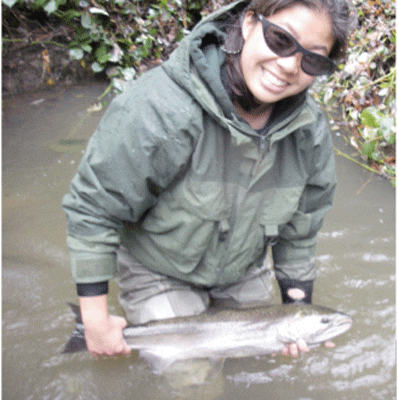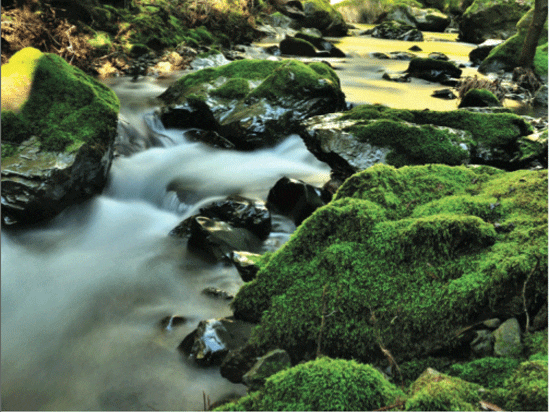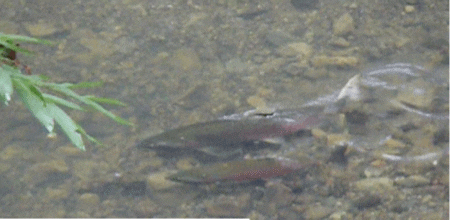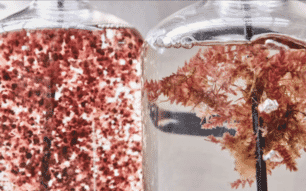A decade ago coho numbers were near zero, so biologists began raising the salmon at Don Clausen Warm Springs Hatchery on Lake Sonoma to release into the wild, through the Russian River Coho Salmon Captive Broodstock Programme.
Since 2001, less than four adult coho per year, on average, were returning to the river system in Sonoma County. But this year California Sea Grant biologists estimated that there were more than 190 adults in the rivers watershed. Promisingly, a few coho were spotted in unstocked creeks, utilising habitat beyond those tributaries in which coho are released.

We were very excited to observe so many adult coho return and spawn this winter, said Mariska Obedzinski, lead biologist and monitoring program manager with California Sea Grant. A lot of people are working hard to improve conditions for coho in the Russian, and this is a hopeful sign that our efforts are starting to pay off.

We are hopeful this trend will continue and the Russian River coho salmon population will establish self sustaining runs, said Paul Olin, an advisor with California Sea Grant, who oversees monitoring of juvenile and adult salmon in the river system.

It will, however, probably take additional captive breeding efforts and other focused recovery measures to prevent widespread extinction of coho salmon in Central California, the biologists said. The coho numbers should be kept in perspective, said Manfred Kittel, Coho Salmon Recovery Coordinator for the California Department of Fish and Games Bay-Delta Region. A healthy coho population should number in the tens of thousands in California.
The Russian River Coho Salmon Captive Broodstock ProgramME is a broad coalition of government agencies, scientists and private landowners dedicated to bringing back salmon. Its members include the California Department of Fish and Game, National Marine Fisheries Service, Sonoma County Water Agency, California Sea Grant, U.C. Cooperative Extension, and US Army Corps of Engineers.
August 2011


